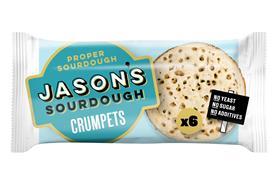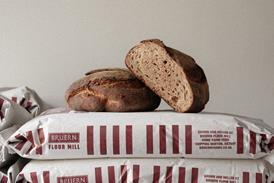Brits still have stomach for cutting back carbs

Carbohydrates may be coming back into favour, but consumers are still seeking breads with health benefits, prompting a variety of solutions from the industry
To continue reading, register for free
You are what you read, registration is quick, easy and free. Just click register now and you’ll be finished faster than it takes you to butter a crumpet!
Don’t miss out:
- Unlimited access to content
- Regular newsletters to your inbox
- Save articles to read later on
- A more personalised experience
Already registered? Please log-in here


















